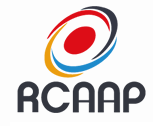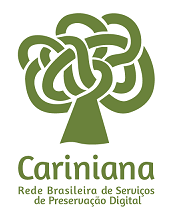Processamento mínimo de palmito juçara embalado em salmoura acidificada
DOI:
https://doi.org/10.5433/1679-0359.2012v33n1p219Palavras-chave:
Euterpe edulis, Mata atlântica, Acidificação.Resumo
A palmeira juçara (Euterpe edulis), nativa da Mata Atlântica, é uma das mais exploradas para retirada do palmito; tratando-se de produto importante no bioma, a palmeira foi eliminada em vastas áreas. O objetivo deste trabalho foi analisar a viabilidade da metodologia “minimamente processados” para o palmito de juçara. A matéria-prima foi obtida através de Plano de Manejo Sustentável licenciado pelo IBAMA, Fundação Florestal e DPRN. O processamento iniciou-se com a retirada das bainhas externas e corte do palmito, com posteriores imersão em solução de metabissulfito de sódio (Na2S2O5) na concentração 200 ppm, higienização com solução clorada e imersão em salmoura acidificada de espera até o envase. Os toletes foram acondicionados em sacos plásticos de polietileno, contendo solução acidificada nas concentrações A 0,225%, B 0,375%, C 0,6%, D 0,825% determinadas por curva de titulação. A coloração ficou mais clara nos tratamentos C e D, devido à solução mais ácida, proporcionando maior inativação das enzimas. O produto mostrou-se seguro para o consumo, porque tanto pH (abaixo de 4,5) quanto acidez titulável nos quatro casos estavam adequados. Apesar dos resultados positivos, o processamento mínimo de palmito de juçara não é efetivo devido ao escurecimento, inviabilizando sua comercialização. Para interrompê-lo, é necessária a etapa de branqueamento, não o caracterizando como minimamente processado.
Downloads
Downloads
Publicado
Como Citar
Edição
Seção
Licença
Copyright (c) 2012 Semina: Ciências Agrárias

Este trabalho está licenciado sob uma licença Creative Commons Attribution-NonCommercial 4.0 International License.
Semina: Ciências Agrárias adota para suas publicações a licença CC-BY-NC, sendo os direitos autorais do autor, em casos de republicação recomendamos aos autores a indicação de primeira publicação nesta revista.
Esta licença permite copiar e redistribuir o material em qualquer meio ou formato, remixar, transformar e desenvolver o material, desde que não seja para fins comerciais. E deve-se atribuir o devido crédito ao criador.
As opiniões emitidas pelos autores dos artigos são de sua exclusiva responsabilidade.
A revista se reserva o direito de efetuar, nos originais, alterações de ordem normativa, ortográfica e gramatical, com vistas a manter o padrão culto da língua e a credibilidade do veículo. Respeitará, no entanto, o estilo de escrever dos autores. Alterações, correções ou sugestões de ordem conceitual serão encaminhadas aos autores, quando necessário.
10.2174/1573401313666170928145627















